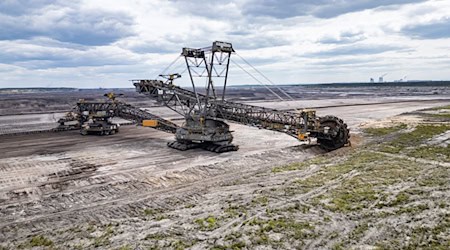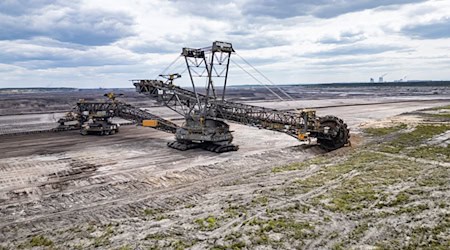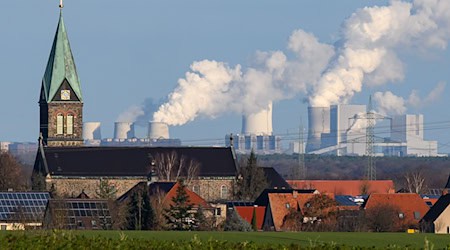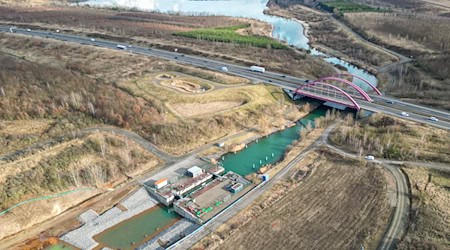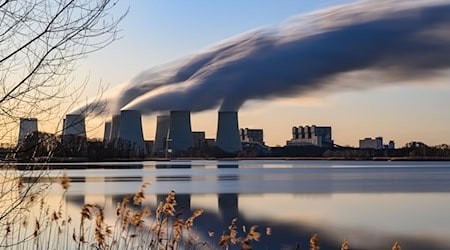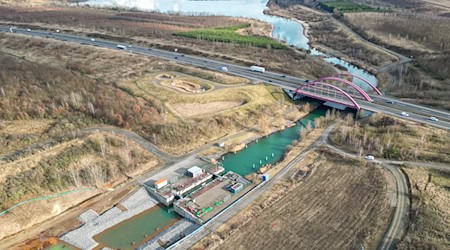In Saxony, there are fewer and fewer companies that mine building materials such as sand, gravel or natural stone. The Free State is a state rich in raw materials, stated Bert Vulpius from the Mineral Building Materials Business Association (UVMB). However, for the past 5 to 10 years, there have been increasing signs of supply bottlenecks, especially for sand and gravel. This is leading to rising prices, more pollution from road traffic and a poorer CO2 balance as a result of longer transportation routes. "In Saxony, the prices for sand/gravel products rose by around 40 percent in the 2019/2023 comparison period," Vulpius calculated. This would make construction projects even more expensive.
According to figures from the Upper Mining Authority in Freiberg, there were still 285 open-cast mines in this country in 2010, in which around 37 million tons of building materials were extracted. In 2021, there were only 208 operations with an annual production of 32 million tons. "These figures reflect the ups and downs in the construction industry on the one hand and a steady decline in the number of operations on the other," stated Chief Mining Inspector Bernhard Cramer.
The authority does not currently keep statistics on the country's self-sufficiency in building materials. However, he assumes that the regional demand for raw materials such as gravel and mineral mixtures is largely covered in Saxony, said Cramer. The situation is different for building stone and gypsum. While Saxony has no gypsum deposits worth mining, natural stone is often imported from abroad for cost reasons. According to the industry association UVMB, there is also a shortage of limestone. As a result, the construction industry has to source cement from other federal states.
Approval for new open-cast mines is taking longer and longer
The Upper Mining Authority also sees impending supply bottlenecks - regionally, but also nationwide and state-wide. "Many opencast quarries are currently reaching the end of their own parcels of land for which extraction is permitted," explained Cramer. In addition, approval procedures under mining law are becoming increasingly complex and costly. As a result, they now take much longer on average than they did in the 1990s. It can take significantly longer than 10 years before a new mining project is implemented. And such projects often meet with resistance from the local population or compete with agriculture and forestry, floodplains or nature conservation.
It is becoming increasingly difficult to use existing deposits industrially, Vulpius lamented. "Although Saxony often presents itself publicly as a mining state, the reality is different. Companies hardly find any political or public support for their projects." As a result, operations are being phased out without successor deposits being developed. "New sites are rarely approved, if at all, to the extent required."
Vulpius: Raw materials strategy is not being implemented
A secure supply of construction raw materials is essential, according to the state's current raw materials strategy. Reference is made, for example, to the nationwide demand for new housing and the renovation and modernization of buildings and railroads. However, the paper also notes increasing competition with other land uses and planning objectives. Raw material potential must be permanently and securely anchored in state and regional planning, it says. However, the construction industry is also held accountable: It must become more sustainable - focus more on conversion rather than new construction and use renewable raw materials and secondary raw materials.
The state's raw materials strategy has "unfortunately not been put into practice" so far, criticized Vulpius. In order to secure supplies in the long term, he called for more deposits to be designated in regional plans. This applies to the state development plan with regard to deposits of supra-regional importance. The industry is also calling for approval procedures for smaller projects and areas to be simplified, as well as improved legal and financial framework conditions for the exploration and securing of new deposits. "The exploration lead time for raw material deposits and potential has decreased considerably over the past 30 years," warned Vulpius. "Significantly more raw materials are being extracted than are newly identified."
Copyright 2024, dpa (www.dpa.de). All rights reserved


